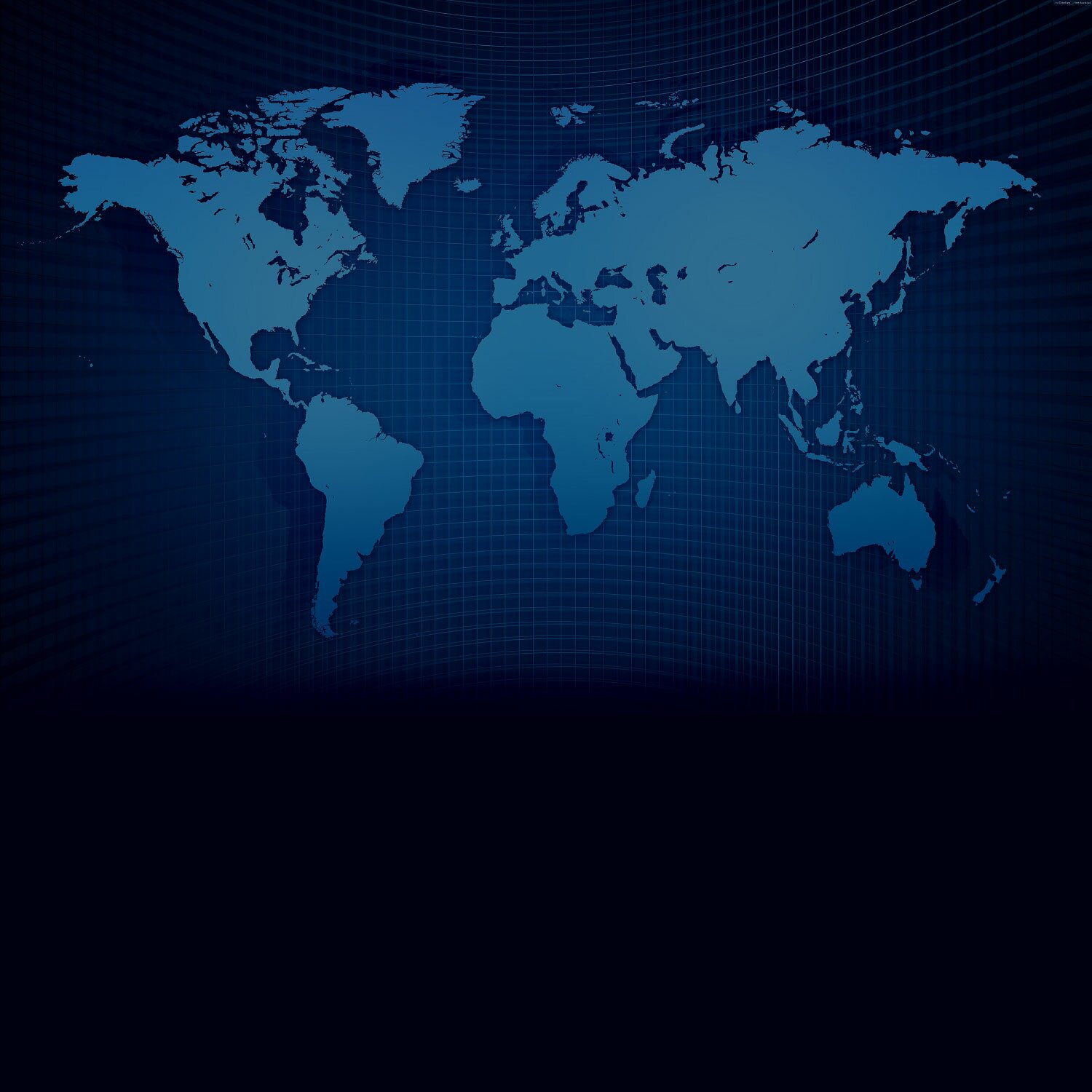

In New York City’s overcrowded public schools, students face numerous challenges, including oversized classes and limited access to essential learning spaces. However, one often overlooked issue is digital equity, particularly in terms of access to plagiarism detection tools. In an era where academic integrity is increasingly emphasized, not all students have the same opportunity to check their work or understand what constitutes plagiarism.
This imbalance raises an important question: Who actually gets to use plagiarism checkers like Turnitin, and how does this affect students in underfunded, overcrowded schools?
In wealthier, well-resourced schools, students often have access to institutional licenses for platforms like Turnitin. These tools are integrated into the curriculum, allowing for regular use in writing assignments, research projects, and feedback loops. Teachers are trained in their application, and students are encouraged to view these platforms as part of their academic development.
By contrast, many overcrowded schools in underserved neighborhoods operate with minimal digital infrastructure. Laptops may be shared, software licenses are limited or non-existent, and educators often lack support or training in academic integrity technologies.
The result? Students in these schools are left without the digital tools they need to succeed in today’s academic environment. And when tools are inaccessible, the ability to avoid unintentional plagiarism diminishes.
Turnitin remains one of the most widely recognized tools for detecting plagiarism. However, access to Turnitin requires affiliation with an academic institution. This creates a barrier for students outside of traditional university systems, or for those in under-resourced public schools.
For instance, students in an overcrowded NYC high school cannot simply go online and submit their work to Turnitin. They must rely on whether their school pays for the service, which many do not. This model of institutional access effectively gatekeeps a powerful academic tool, reinforcing existing inequities in education.
It’s a paradox: the students who most need feedback and guidance on academic writing are often the ones who are systematically excluded from using the tools that provide it.
Plagiarism is not always the result of dishonesty—it often stems from a lack of understanding. Especially in schools where writing instruction is fragmented or rushed due to overcrowding, students may never receive clear guidance on citation, paraphrasing, or originality.
Tools like Turnitin offer a technical solution but fail to address the pedagogical gap. This becomes especially dangerous when students are penalized for plagiarism they never learned to avoid.
This is where the conversation must evolve from simply detection to education. And it begins with equal access.
Fortunately, the landscape is shifting. Newer platforms are emerging that do not require institutional logins and offer free or affordable plagiarism detection for individual users. One such example is this alternative to Turnitin Checker, which allows students to submit their writing without needing a university email or administrative approval.
Such services fill an essential gap. They allow public school students, independent learners, and educators in underfunded schools to access plagiarism checks on their terms. They help level the playing field for those left behind by exclusive academic platforms.
New York’s overcrowded classrooms are not just a logistical issue—they are a symptom of deeper structural inequities. Digital tools are increasingly essential in modern education, and the inability to access those tools reinforces disparities in achievement, college preparedness, and even self-confidence.
If we are serious about providing a “sound basic education” for all—as mandated in CFE v. State of New York—we must also ensure that academic integrity tools are part of that foundation.
This is not just about catching plagiarism; it’s about supporting honest learning and helping students grow into confident, ethical writers.
1. Funding for Digital Equity
Campaigns for fiscal equity should include line items for plagiarism detection software, digital writing tools, and student-friendly alternatives that do not require institutional affiliation.
2. Curriculum Integration
Even when tools are available, students need instruction. Teachers should be supported in weaving academic integrity into writing lessons, especially in overcrowded environments where one-on-one attention is limited.
3. Promoting Accessible Alternatives
Administrators and community advocates can help spread awareness of inclusive tools that are not restricted to college campuses. Alternatives to Turnitin are not only more affordable but also more adaptable for underserved classrooms.
4. Community Partnerships
Public schools can partner with nonprofit organizations, libraries, or city agencies to offer digital writing assistance and access to verification tools.
In the push to close educational gaps in New York City, we must look beyond textbooks and test scores. Academic integrity and equitable access to digital tools are just as crucial. Without them, we risk widening the very achievement gaps we aim to close.
By recognizing the limitations of institution-only services like Turnitin and embracing inclusive alternatives, we can make meaningful progress toward a more equitable public school system—one where every student, regardless of zip code, has the tools to succeed.